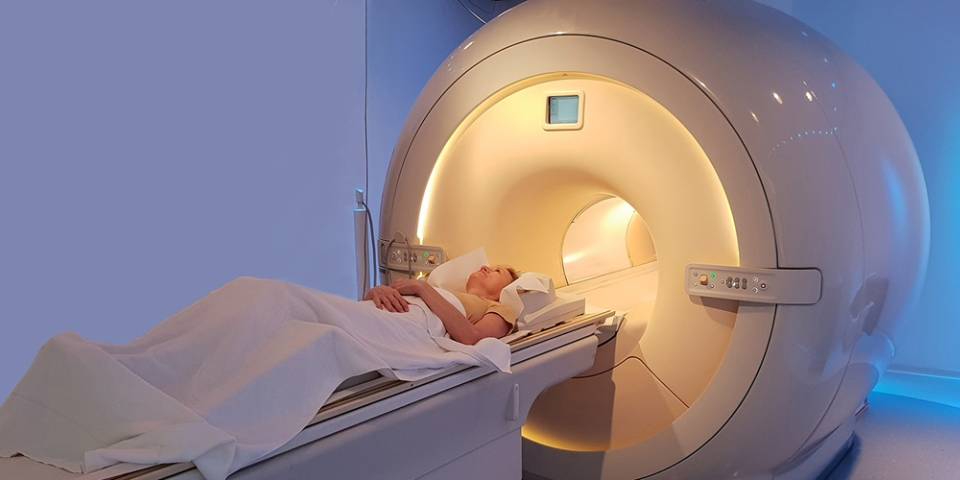A computerized tomography (CT) coronary angiogram is an noninvasive imaging test that looks at the arteries that supply blood to the heart. A CT coronary angiogram uses a powerful X-ray machine to produce images of the heart and its blood vessels. The test is used to diagnose a variety of heart conditions. It has almost 100% sensitivity to diagnose heart blockages. It is indicated in someone who has intermediate probability of having coronary artery diseases. Let’s delve into how this innovative procedure can revolutionize the way we approach heart health and why Dr. Kartik Bhosale stands out as a leading expert in the field. A CT coronary angiogram is mainly used to check for narrowed or blocked arteries in the heart (coronary artery disease). However, it can check for other heart conditions.
A CT coronary angiogram differs from a standard coronary angiogram. The traditional procedure (non-CT angiogram) uses a flexible tube (catheter) threaded through the groin or arm to the heart or coronary arteries. For those with known coronary artery disease, the traditional approach can also be used as treatment.
Benefits of CT Coronary Angiography:
- Early Detection: CTCA can identify heart blockages at an early stage, enabling timely intervention and potentially preventing serious cardiac events.
- Non-Invasive: Unlike traditional angiography, CTCA eliminates the need for catheter insertion and reduces the associated risks and discomfort.
- Detailed Visualization: The high-resolution images generated by CTCA offer detailed insights into the condition of coronary arteries, aiding accurate diagnosis and treatment planning.
- Precise Intervention: Armed with precise information from CTCA, interventional cardiologists can plan and execute procedures with exceptional accuracy.
How you prepare:
A health care provider likely will give instructions about how to prepare for a CT coronary angiogram. Driving yourself to and from the test should be OK. Usually, the test requires not eating anything for about four hours before the test. Drinking water is OK. Don’t drink caffeinated beverages 12 hours before the test because they can increase the heart rate, making it difficult to get clear pictures of the heart.
What you can expect:
A CT coronary angiogram is usually done in the radiology department of a hospital or an outpatient imaging facility.
- Before the procedure: Before a CT coronary angiogram, you may receive a medication called a beta blocker to slow your heart rate. Doing so provides clearer images on the CT scan. Let your health care provider know if you’ve had side effects from beta blockers in the past. You might also be given nitroglycerin to widen (dilate) your coronary arteries.
- During the procedure: You’ll receive numbing medication, and then a technician will insert an IV into the hand or arm. A dye (contrast) flows through this IV. The dye helps blood vessels show up better on the CT images. You’ll also have sticky patches called electrodes placed on your chest to record your heart rate. You’ll lie on a long table that slides through a short, tunnel-like machine (CT scanner). If you’re uncomfortable in closed spaces, ask your health care provider about medication to help you relax. During the scan you need to stay still and hold your breath as directed. Movement can cause blurry images. A care provider operates the CT machine from a room that’s separated from your exam room by a glass window. An intercom system allows you and the provider to talk to each other. Although the actual scanning portion of the test takes as few as five seconds, it may take up to an hour for the process to be completed.
- After the procedure: After your CT coronary angiogram is completed, you can return to your normal daily activities. You should be able to drive yourself home or to work. Drink plenty of water to help flush the dye from your body.
- Results: The images from your CT coronary angiogram should be ready soon after your test. Dr. Kartik Bhosale asked you to have the test likely will discuss the results of the test with you. If your test suggests that you have or are at risk of heart disease, you and your provider can discuss treatment options.
Why Choose Dr. Kartik Bhosale?
- Extensive Expertise: Bhosale’s training spans across prestigious institutions, equipping him with a profound understanding of cardiac health.
- Innovative Approach: He embraces cutting-edge technologies like CTCA to provide patients with the most accurate and efficient diagnostic solutions.
- Comprehensive Care: Bhosale’s dedication extends beyond diagnosis – he is committed to crafting personalized treatment plans that prioritize patients’ well-being.
- Multifaceted Services: His skills encompass a range of cardiac procedures, making him a one-stop destination for comprehensive cardiac care.
If you have any question related to the CT Coronary Angiography you can consult Dr. Kartik Bhosale at Dr. Kartik Bhosale’s Cardiology Clinic, Wakad, Pune.







